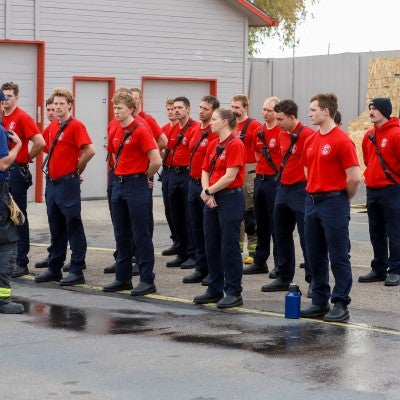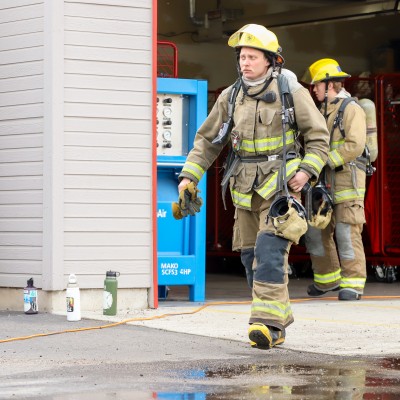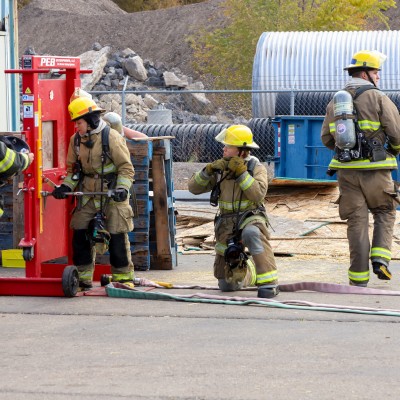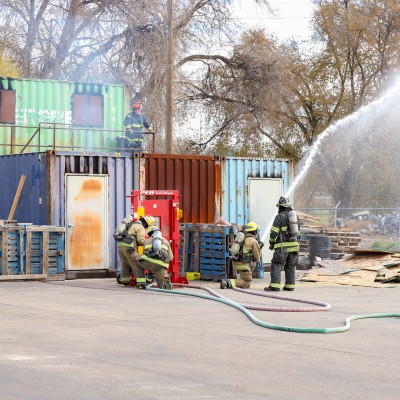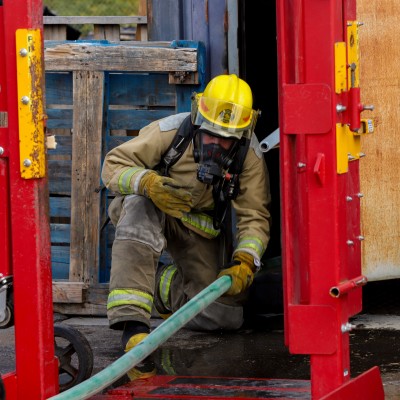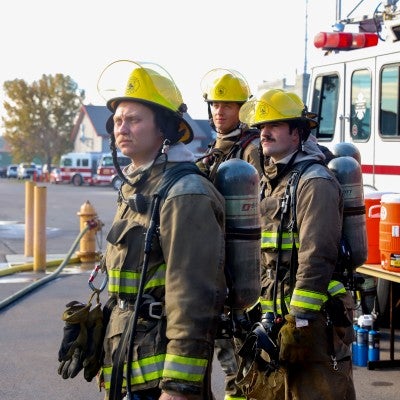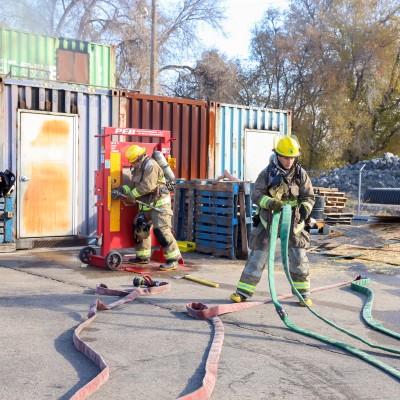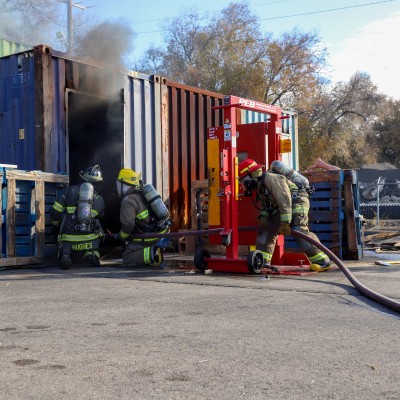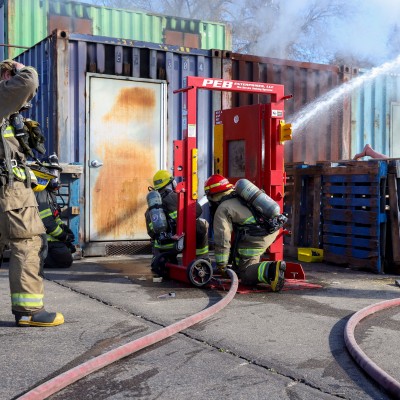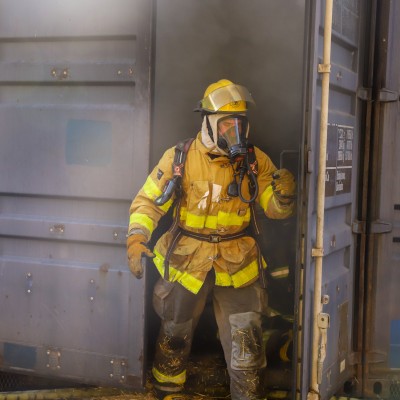Firefighting is a profession that demands not only physical strength but also mental resilience and a deep understanding of the science behind combating blazes. At College of Western Idaho (CWI), the Fire Service Technology Program anticipates a critical day in their training – Burn Day. This immersive experience is the culmination of 13 weeks of rigorous training and drills, providing students with an opportunity to take part in real-world firefighting scenarios.
Burn Day is more than just a drill; it's a simulation that places students in specially designed metal buildings engulfed in actual fires. Students are organized into teams and take on different roles. Some actively engage as the crew responsible for extinguishing the fire, while others stand by as the "rescue team" in case of emergencies. One team even experiences the task of sitting inside the building, observing as the fire grows, smoke billows, and temperatures rise to nearly 1000 degrees. Burn Day allows students to comprehend the dynamics of a fire, its growth patterns, and the evolving conditions within a burning structure.
To prepare for the drill, students engage in a variety of training exercises over the course of the semester. These activities include putting on their turnouts and air packs, navigating through buildings and obstacles with hoses, forcing doors open, and communicating in challenging environments. These tasks, including extinguishing simulated fires, hone their skills and build muscle memory. There is no room for error when faced with an actual fire, making this preparation crucial for their safety and the success of their mission.
Fire Service Technology Program Director, Darrin Raskopf, said the drill emphasizes the science behind the decisions firefighters make. Students learn when to open holes in the roof for ventilation versus opening windows, different spray patterns, how to attack the fire, and more.
The Program’s Class 5 took part in the annual drill on Thursday, Nov. 16.
For the instructors, witnessing the students' transformation during Burn Day is always a highlight of the semester. Raskopf notes this is the drill where students begin to apply various theories and skills together and operate a true firefighter. Overcoming the anxiety of sitting in a room with intense heat and smoke, students must trust their training, equipment, and each other. The instructors report a lot of excitement among the students as they emerge from the building, smoke billowing out of the door they successfully opened.
“This class did extremely well on Burn Day and every time we have this drill it is scary for us as instructors since we are putting these students in an environment that we refer to as ‘Immediately Dangerous to Life and Health,’” Raskopf said. “They all performed above expectations and took the training as a serious opportunity to learn and put their newly acquired skills to use.”
As students face the challenges that Burn Day brings head-on, they emerge not only with newfound confidence but also a better understanding of the science and teamwork involved in firefighting.
The Fire Service Technology curriculum is based on the National Fire Protection Association (NFPA) standards, the International Fire Service Accreditation Congress (IFSAC) requirements, and the National Fire Academy’s (FESHE) Fire and Emergency Services Higher Education Model. Local fire department trainers and command staff assist in the development of the curriculum and also instruct in the program.
For those with questions or interested in learning more about CWI’s Fire Service Technology Program, visit the program page or contact Darrin Raskopf at darrinraskopf@cwi.edu.


